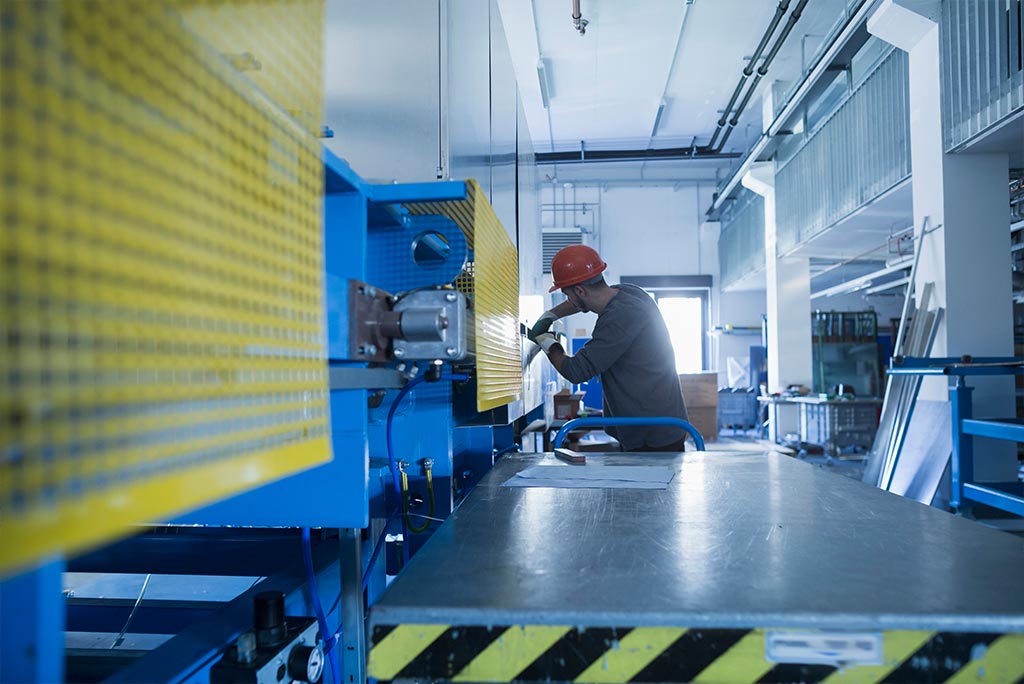Do you struggle to get top functionality from your machinery and equipment? It may come down to your lubrication practices, writes Rob Cavicchiolo, Viva Energy Australia's Technical Hub Manager.
Good lubricant practices take in the entire life cycle of lubricant on your premises – from the time it’s delivered to how it’s stored, dispensed, and finally, how it’s used in the end application: your equipment. If you employ best practice in your lubricant use it will serve you well; it can help to extend the life of your product beyond its design life and increase oil drain intervals and productivity across all indicators. But how do you ensure you’re making the most of your lubricant?

Assess how you store your lube
Storage is the first thing to consider. If the unused lubricant in your workshop is poorly stored, you risk compromised oil quality from a range of contaminants, including dust and dirt, metal filings and other greases and oils.
If you’re operating in extreme weather conditions, your lubricant may be exposed to the elements – harsh sun, humidity or rain. Changes in temperature will have an effect on stored lubricants, causing drums to contract and expand and admit moisture. Moisture ingress can have a profound effect upon lubricant quality. Keep your lubricant in a cool, clean, dark and dry area.
Make sure you're using the right lube
Use the correct oil for your purposes. Lubricant chemistry varies significantly according to its intended use. End-to-end colour coding is a best-practice strategy to ensure that the right lubricant ends up in your machinery.
It’s also important to have a comprehensive storage system in place – use the first-acquired containers of lubricant first. Label everything with a viscosity grade, application purpose and date.
Dispense lube properly
How are you transferring stored lubricant to your equipment? If you use open, dirty or unmarked containers to dispense lubricant, you risk contamination.
If you use grease guns, ensure they’re allocated to specific lubricants and that there’s no cross-contamination. Check nozzles for wear and tear, and that your dispensing equipment is clean and dry before you use it. Better still, with the right storage system in place you can install a hose reel and pump to maintain the integrity of the lubricant transfer process from storage to application.
Follow the manufacturer's recommendations
Are you working within the limits of the product specifications? Avoid pushing your equipment beyond its limits – always follow the manufacturer’s recommendations on product servicing and oil drain intervals.
There are lubricants with chemical compositions designed to extend your oil drain intervals, but any product change or upgrade should always be undertaken in consultation with experts.
Train your staff in lube best practice
Do your staff have the appropriate knowledge of best-practice lubricant storage, dispensation and usage? It’s important that employees understand not only how to handle lubricant, but also what not to do.
If you’re working in extreme operating conditions, do your staff understand how this can influence performance, and what precautions to take? Extreme conditions not only affect your equipment, but they can affect the lubricants you use. This is why storage and dispensing practices are as important as how often you change your oil.
Schedule regular servicing and testing
Regular servicing, testing and advice are crucial. To ensure wear prevention, you should have a set of testing suites in place so you’re doing everything possible to preserve the lifespan of your equipment. Lubricant testing, in addition to regular servicing, can also increase fuel efficiency and minimise equipment downtime.
Viva Energy's laboratory-level lubricant analysis can help you to understand whether your lubricant practices might be behind product problems. For example, does your oil need to be drained and replaced, or are there other factors at play? And are there traces of contaminants such as silicon in your lubricant?
Analysis can also indicate if your product problems are reaching a crisis or there’s an imminent malfunction on the horizon. Make sure you schedule regular check-ups with experts who can help you protect your equipment.
It’s important to have experts on board to help you determine whether you’re using the right lubricant for the application, and whether there are contaminants such as dust, dirt and moisture compromising the integrity of the product, which in turn can affect the lifespan of your equipment. Viva Energy provides comprehensive laboratory analysis for lubricants, and can quickly determine if there is a problem that’s traceable to the lubricants you’re using.
Want to know more?
Want to know more about optimal lube practices? If you're after technical support, please feel free to contact our technical helpdesk on 1300 134 205 or
Email us here